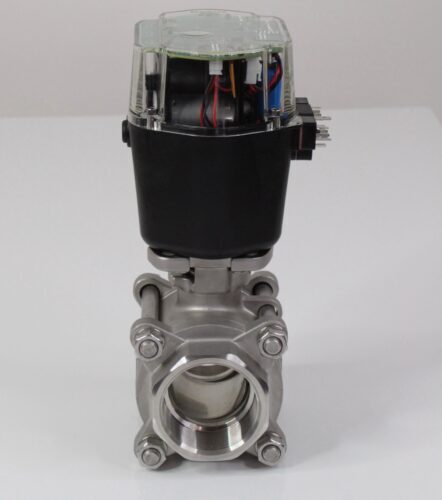Notifications
A butterfly valve's primary purpose is to regulate the flow of a liquid or gas through a tube or pipe. Liquid, gas, steam, and air are examples of materials in general. Besides from that, certain dry materials may also pass through these units. We'll learn more about the various components of butterfly valves and their functions in this blog. Continue reading to learn more. A circular disc constitutes the butterfly valve. The disc's pivot axis faces the direction of material flow. An actuator, a stem, a seat, and a body are all parts of the valve. Each of these components comes in a variety of materials, which are referred to as finish characteristics. You can choose the appropriate valve model based on the application.
Body - The valve body is made of various metals such as stainless steel, carbon steel, aluminum, ductile iron, cast iron, and exotic metals. These units can be found in lug and wafer style. The advantage of this type of valve is that it is easy to install and replace.
Seat - The resilient seated type is another prevalent type of these units. A special elastomer seat is lined up on the inside the body of these units. White neoprene, white buna, carbon, natural rubber, chlorbutyl, Teflon, viton, buna, and EPDM, to name a few materials, are commonly used in these seats. The material you choose is dependant upon pressures and temperatures.
Disc - The material flow in the conveying line is regulated by the disc portion. Aside from that, disc materials are selected according to the application. Ductile, nickel-plated, epoxy-coated, ductile iron, zinc, and stainless steel are all common materials.

Stem - The stem passes through the center of the valve, connects to the actuator, and adjusts the disc for maximum material flow before closing. Stems may be made from one or two parts, depending on the size of the valve and the application. Stainless steel and carbon steel are the most common materials used in the construction of stems.
Actuators - Different kinds of actuators exist, including electro-hydraulic, mechanical, pneumatic, gear, and manual handle. The part turn valve actuators are also known as rotatory actuators that are much smaller than cylinders and have no external moving parts. These are mainly used for hopper slides, butterfly valve opening and for pushing, pulling, lifting and mixing operations.
The butterfly actuators are the most energy-efficient, high-flow solution designed for many applications that can meet the needs of your system.